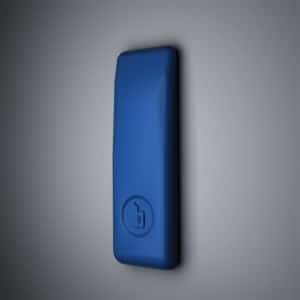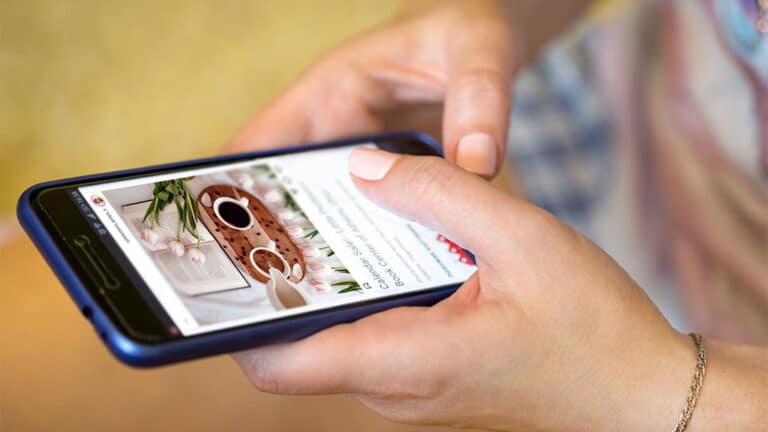Are Beacons the Future of Mobile Marketing?
According to WebDAM, mobile marketing will generate $400 billion in 2015, compared to $139 billion in 2012. That’s a near-quantum leap, and it’s a prime indicator of where the marketing landscape is headed. The train is about to leave the station, and if you haven’t hopped on by now, you will be left behind. As more time passes, mobile marketing is becoming more complex with the influx of mobile sites and apps, SMS campaigns, paid mobile ads, QR codes, and push notifications. And now, a relatively new piece of technology promises to revolutionize the mobile marketing terrain: Beacons.
What Are Beacons, Exactly?

A beacon is a small piece of hardware that transmits and receives Bluetooth Low Energy (BLE). BLE is different than regular Bluetooth, as it consumes less energy (hence the name) and it’s far more robust (Bluetooth generally has a short range). It can swap data with your iPhone—Apple has incorporated the technology into its iOS (their name for the tech is, of course, iBeacon). So, if your iPhone is in the vicinity of a beacon, data can be received or transmitted. A beacon can only connect to your phone if you give it permission; a message or alert will pop up on your phone and you will have to opt-in to give the beacon access.
As an example, let’s say that you’re shopping at a Whole Foods. A beacon is in the vicinity and you give it permission to connect with your iPhone. The beacon can now send data—coupons, messages, alerts, whatever. This, of course, gives you a direct opportunity to sell your product or promotion in a way that your customer will find agreeable and perhaps enjoyable.
Just look at this stat: Over 70% percent of iPhone users report using apps or mobile web browsers to help them while shopping in-store (According to Chadwick Martin Bailey and iModerate Research Technologies). The trend is clear: People are using their mobile devices more than ever.
Sounds Great, But Are They Effective?
Beacons are not a gimmick; they’re going to last a while. The main competitor of BLE is Near Field Communication Technology (also known as NFC). Though NFC is popular, it doesn’t hold a candle to the high potential of BLE technology. NFC only works in very close range (8 inches), while Beacons have a range up to 50 meters. And beacons are not expensive, either. Estimote, a leading manufacturer of the technology, is offering 3 beacons for as low as $99. Best of all, you don’t have to bump or tap your phone with anything, like you do to activate NFC.
Apple has championed the beacon technology, and it’s easy to see why. The retail marketing opportunities are nearly endless. Coupons, reminders of promotions, email signups, retail guides, messages—all this can be done inexpensively and efficiently. It’s immediate and direct. It’ll make a distinct impression because the average consumer treats their phone like another limb—something that they can’t live without. When someone hits your store, their overall shopping experience will be upgraded.
PayPal is jumping on the train as well, as they are gearing up to release their own beacon model.
Where to Go from Here?
Are beacons the future? We’ll give a resounding “Yes”. Beacons will elevate the ever-evolving mobile marketing landscape. If you run a retail business, you have a great opportunity in front of you. While many big brands are still struggling to understand the fortitude of mobile devices, you can be ahead of them with a full mobile suite: mobile site, native app, mobile ads, SMS campaign, QR codes, and now beacons.
You can adapt or die. Don’t be the dinosaur that stubbornly rejects the new environment. Accelerate your sales growth by adopting revolutionary new strategies that will separate you from the pack.






